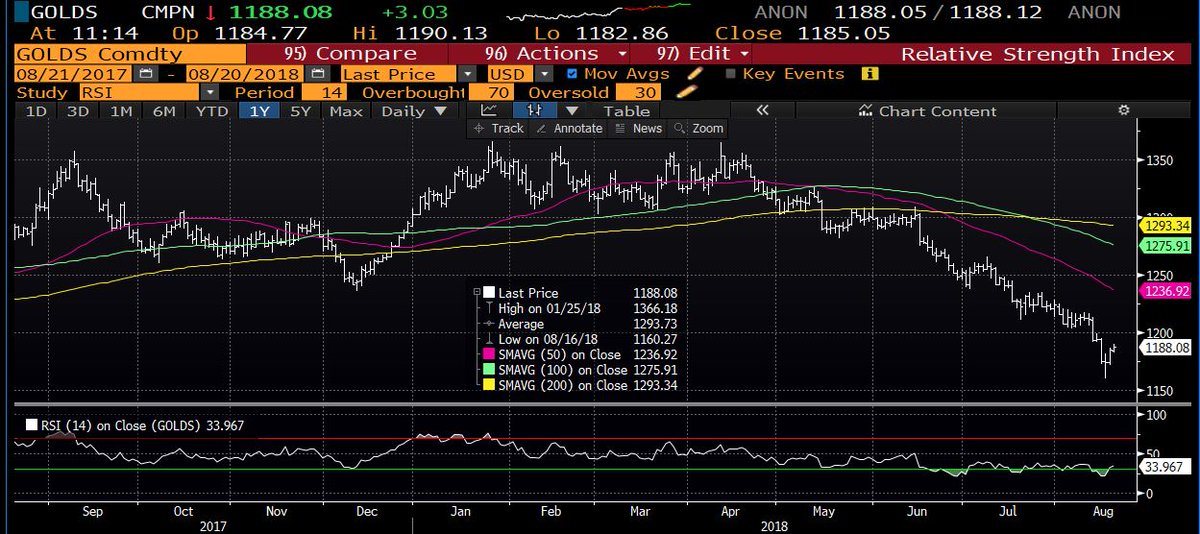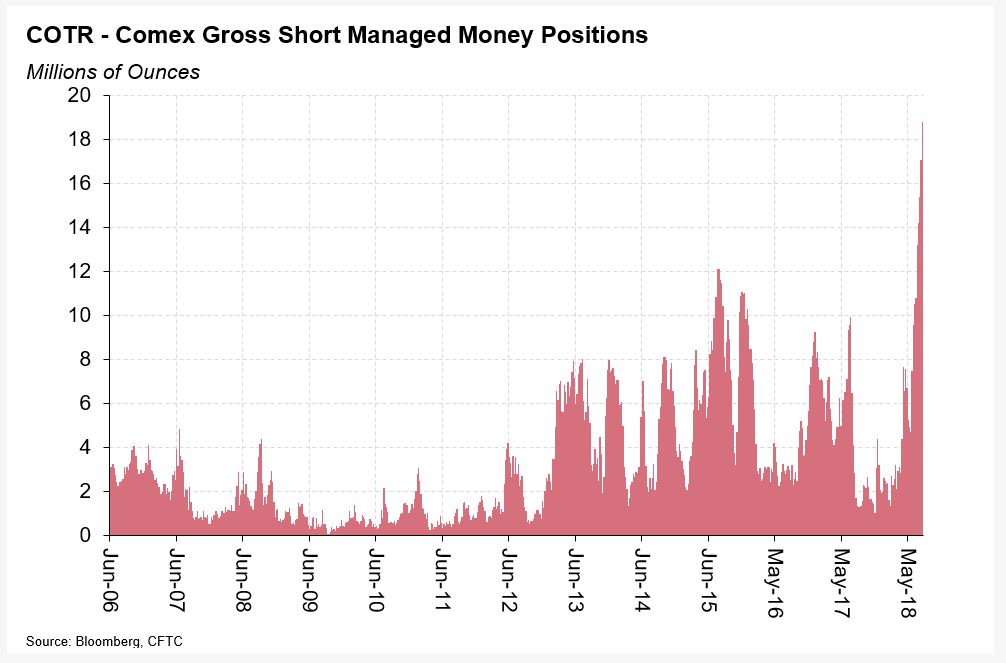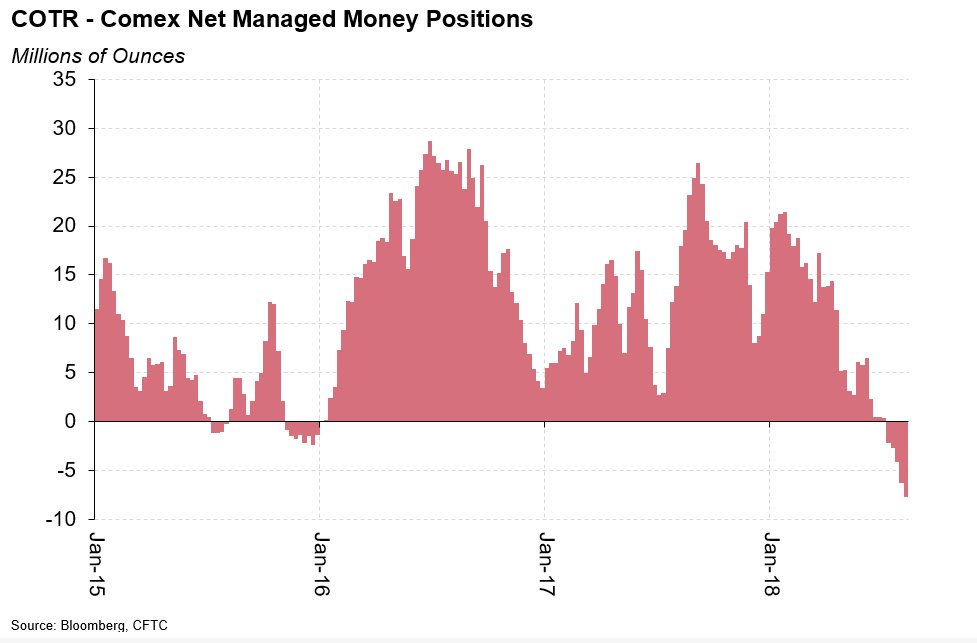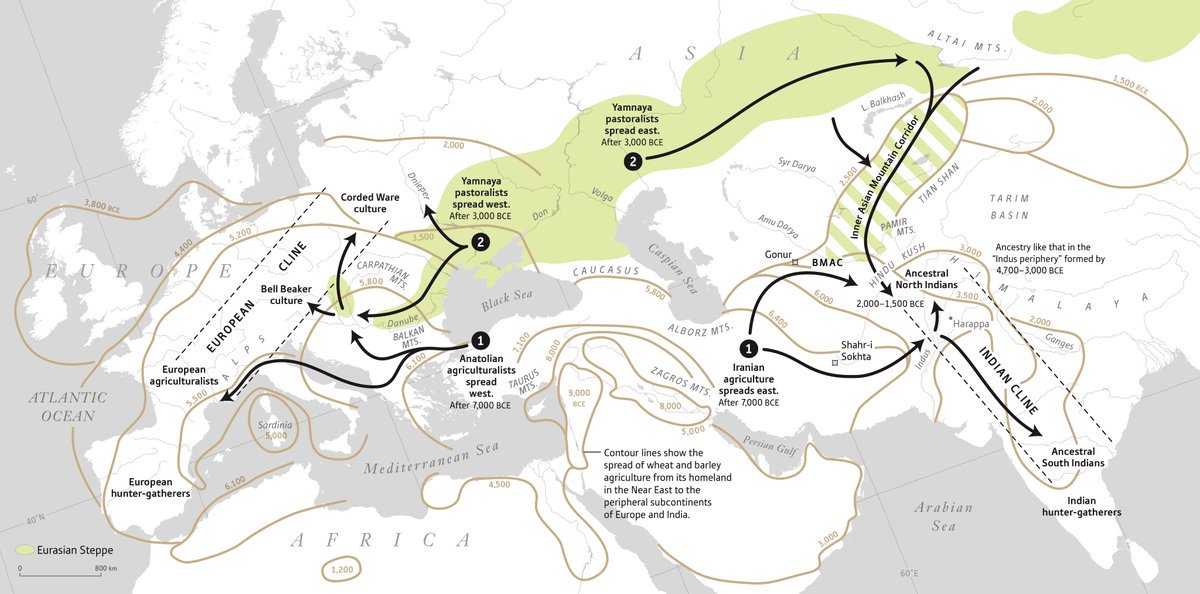
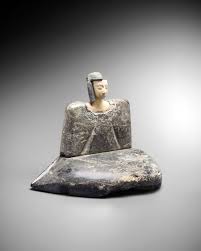
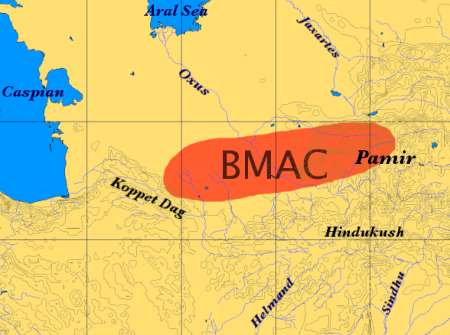
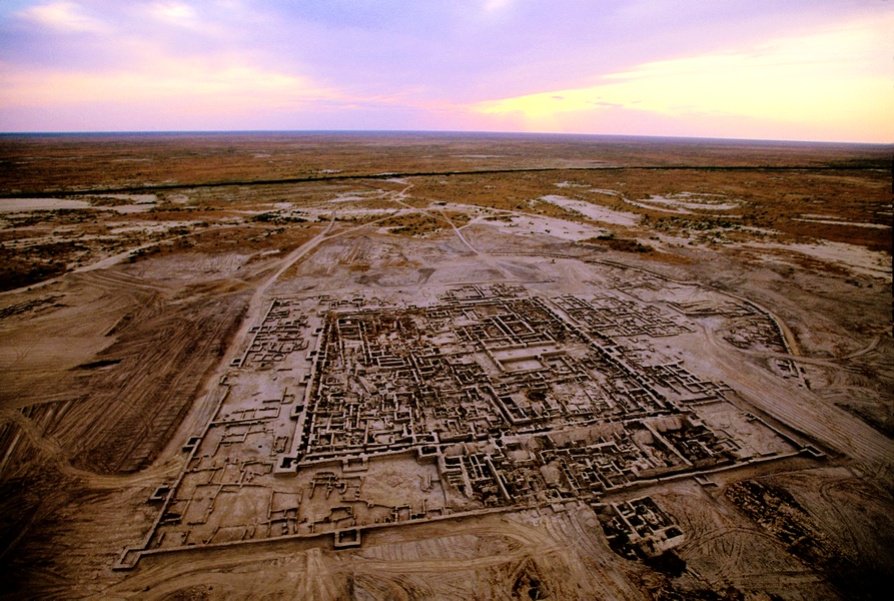
Reconstructed area of the Palace, ‘audience halls’. Gonur Tepe, Turkmenistan #Seshat
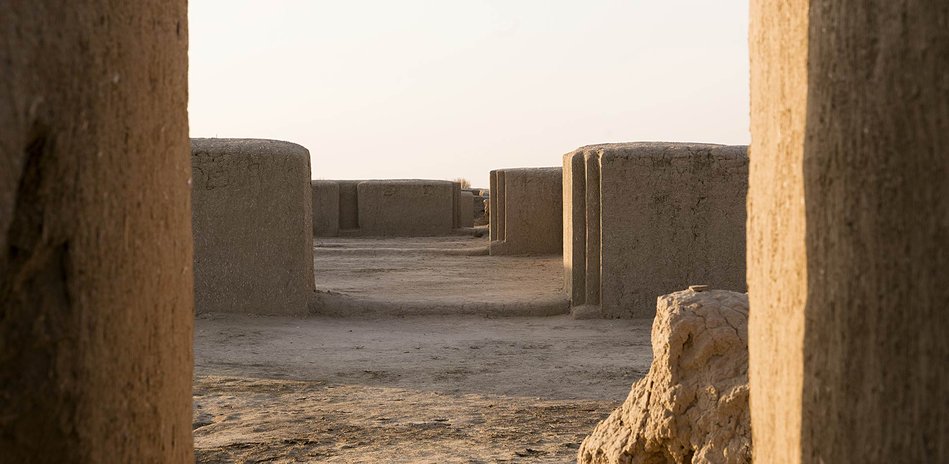
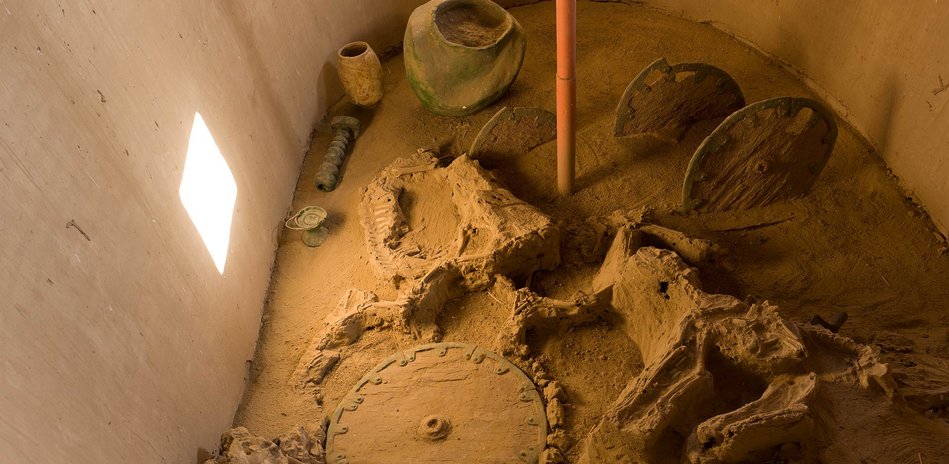
Mosaic fragments. National Museum of Turkmenistan, Ashgabat #Seshat
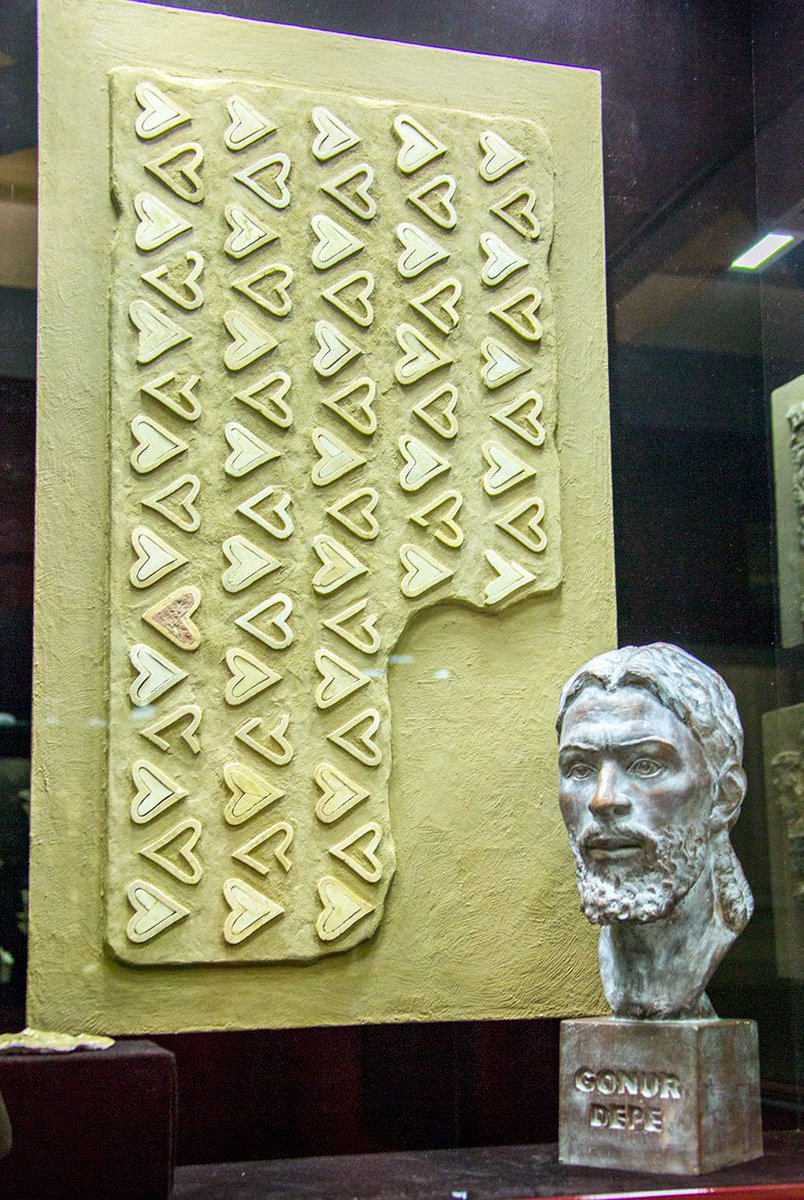
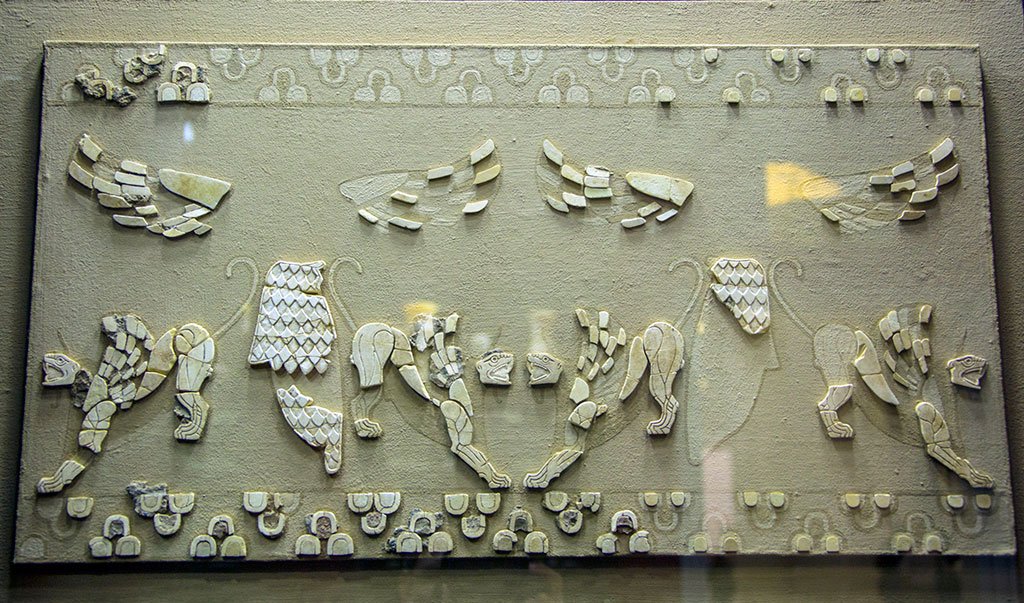
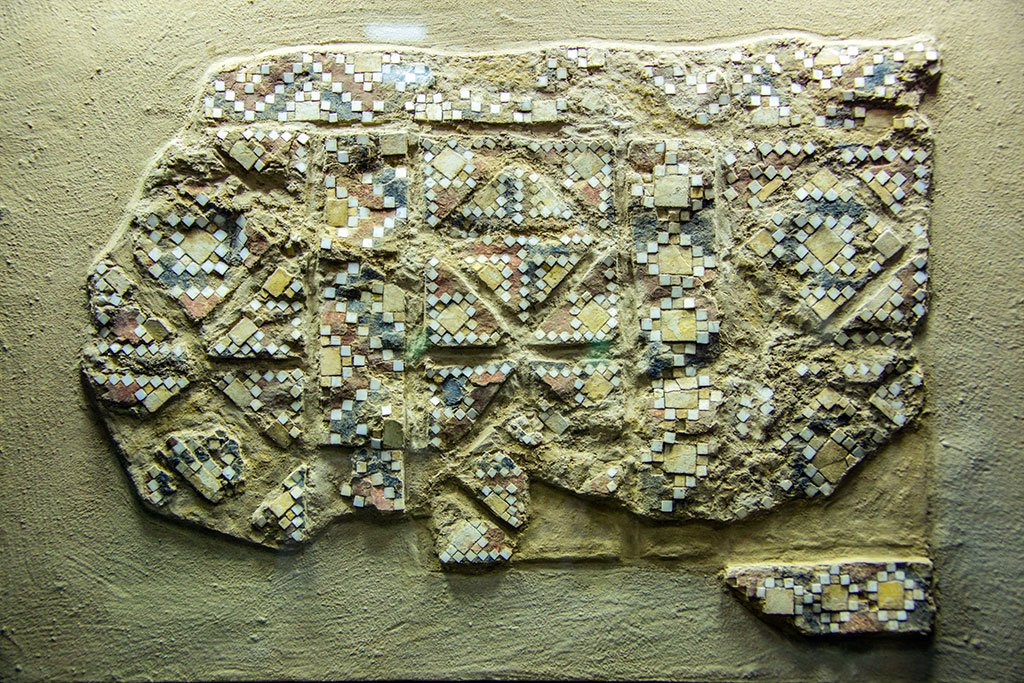
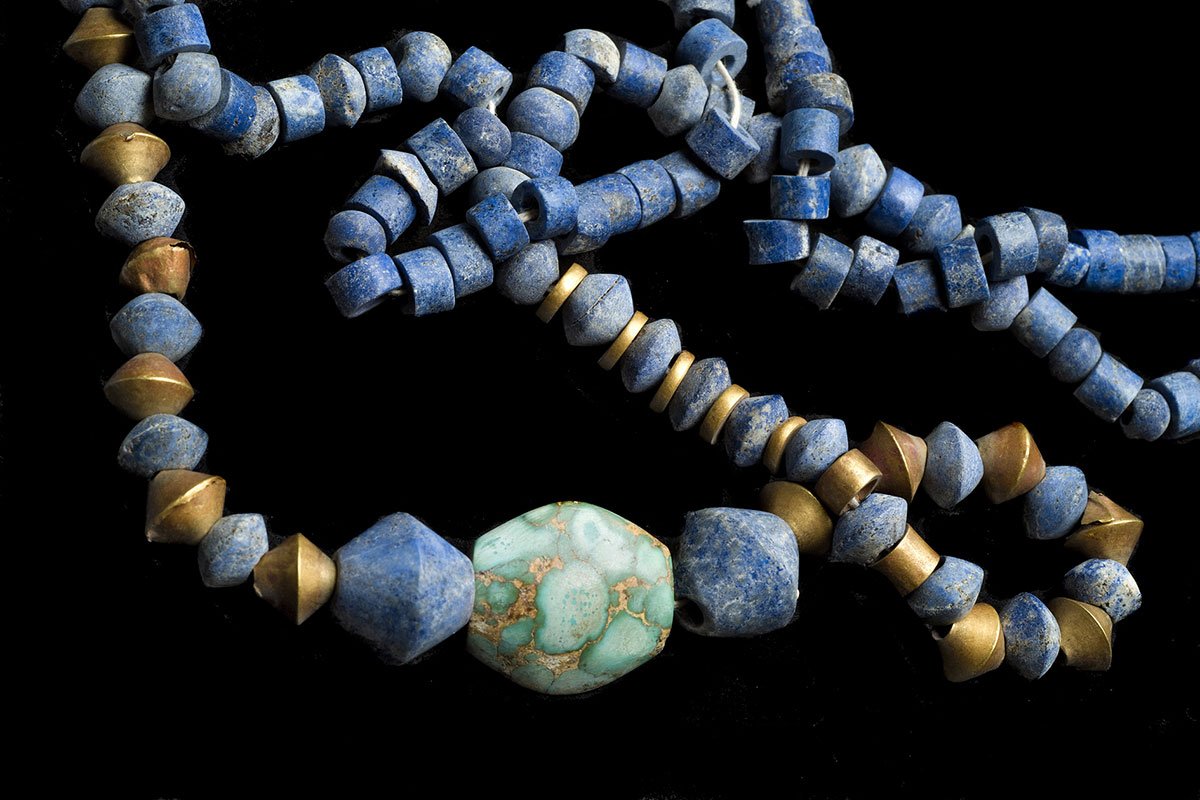
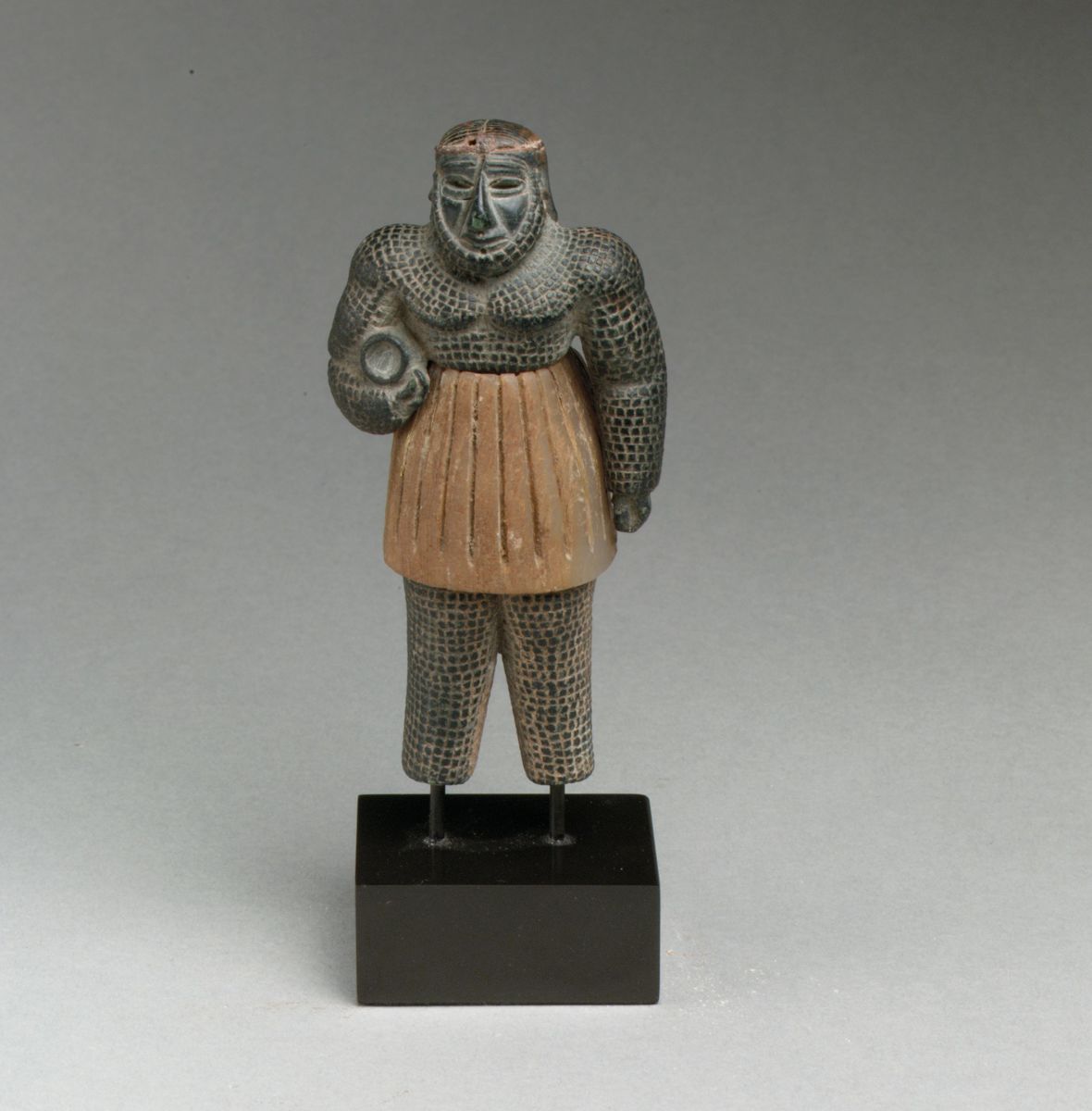
Copper alloy camel @metmuseum #Seshat
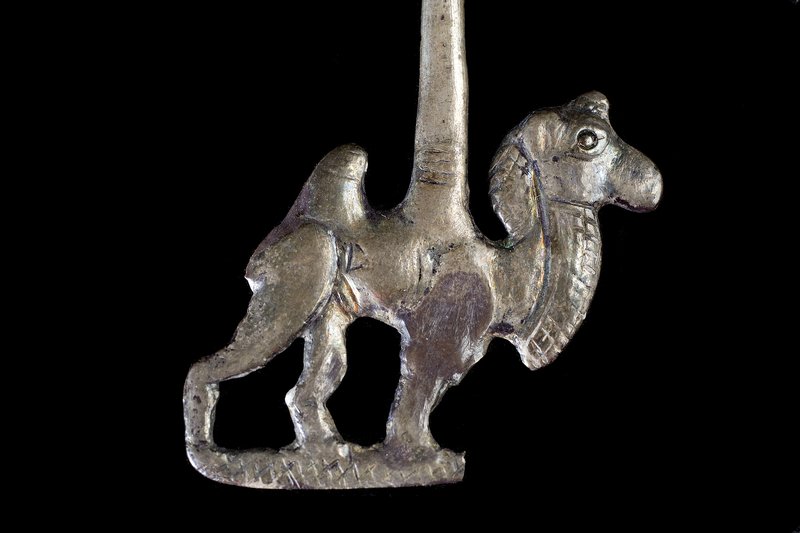
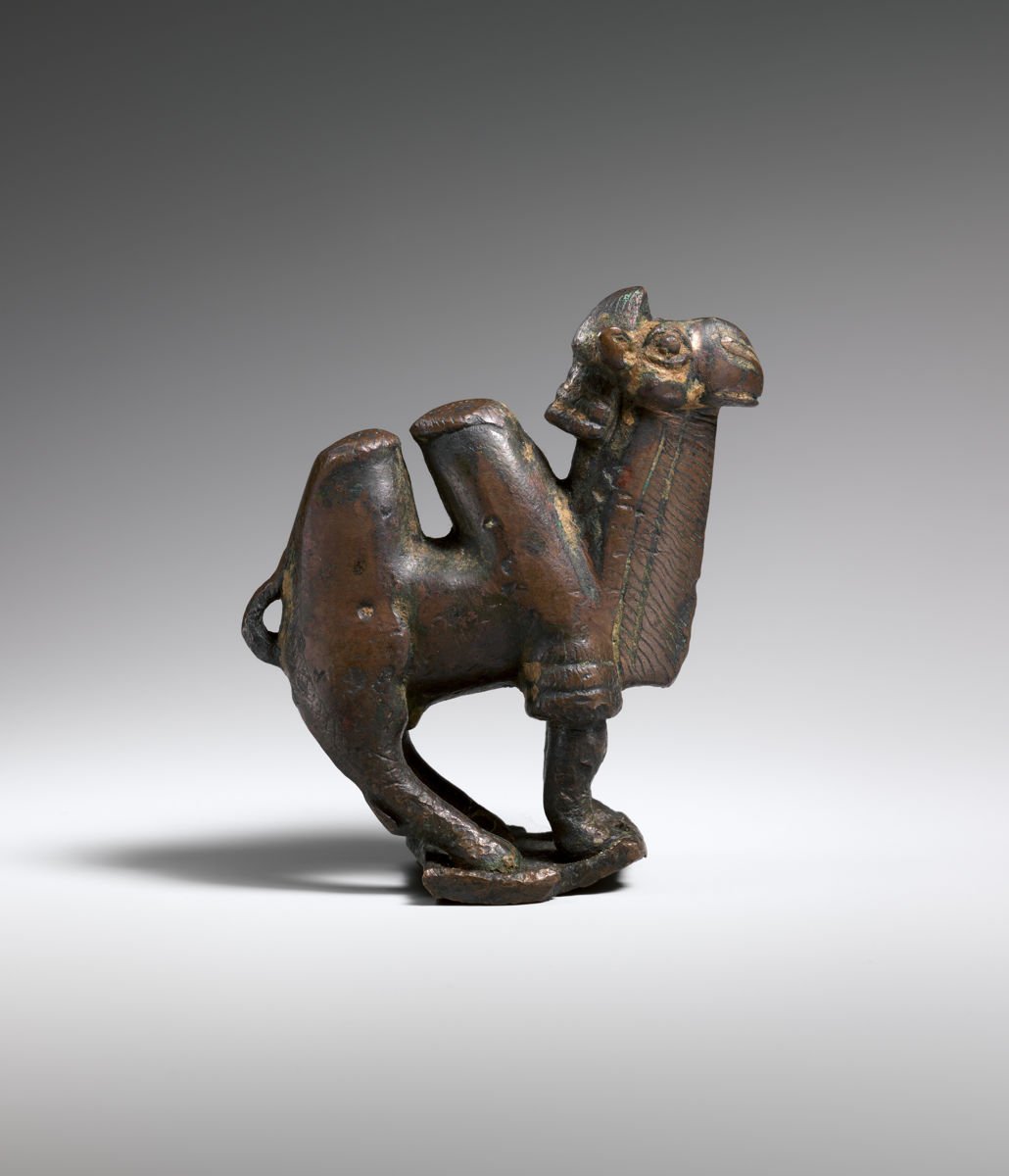
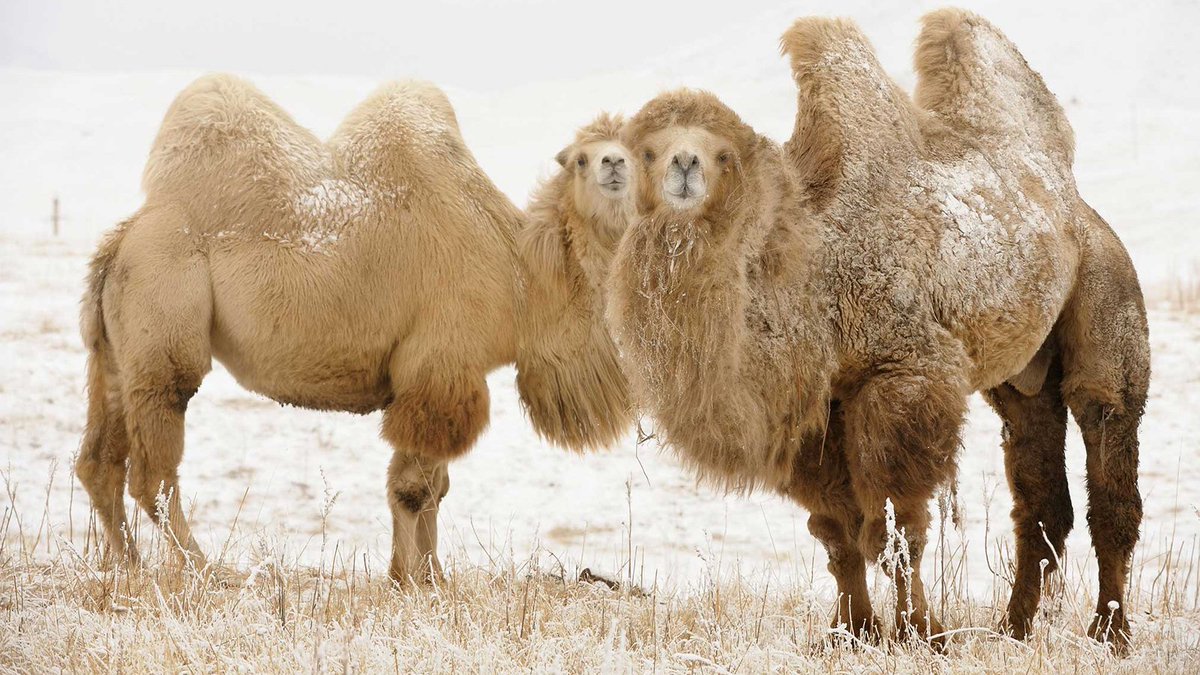
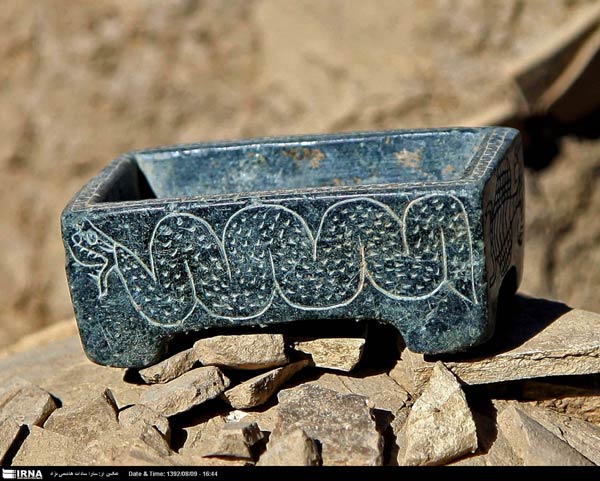















Twitter may remove this content at anytime, convert it as a PDF, save and print for later use!

1) Follow Thread Reader App on Twitter so you can easily mention us!
2) Go to a Twitter thread (series of Tweets by the same owner) and mention us with a keyword "unroll"
@threadreaderapp unroll
You can practice here first or read more on our help page!



